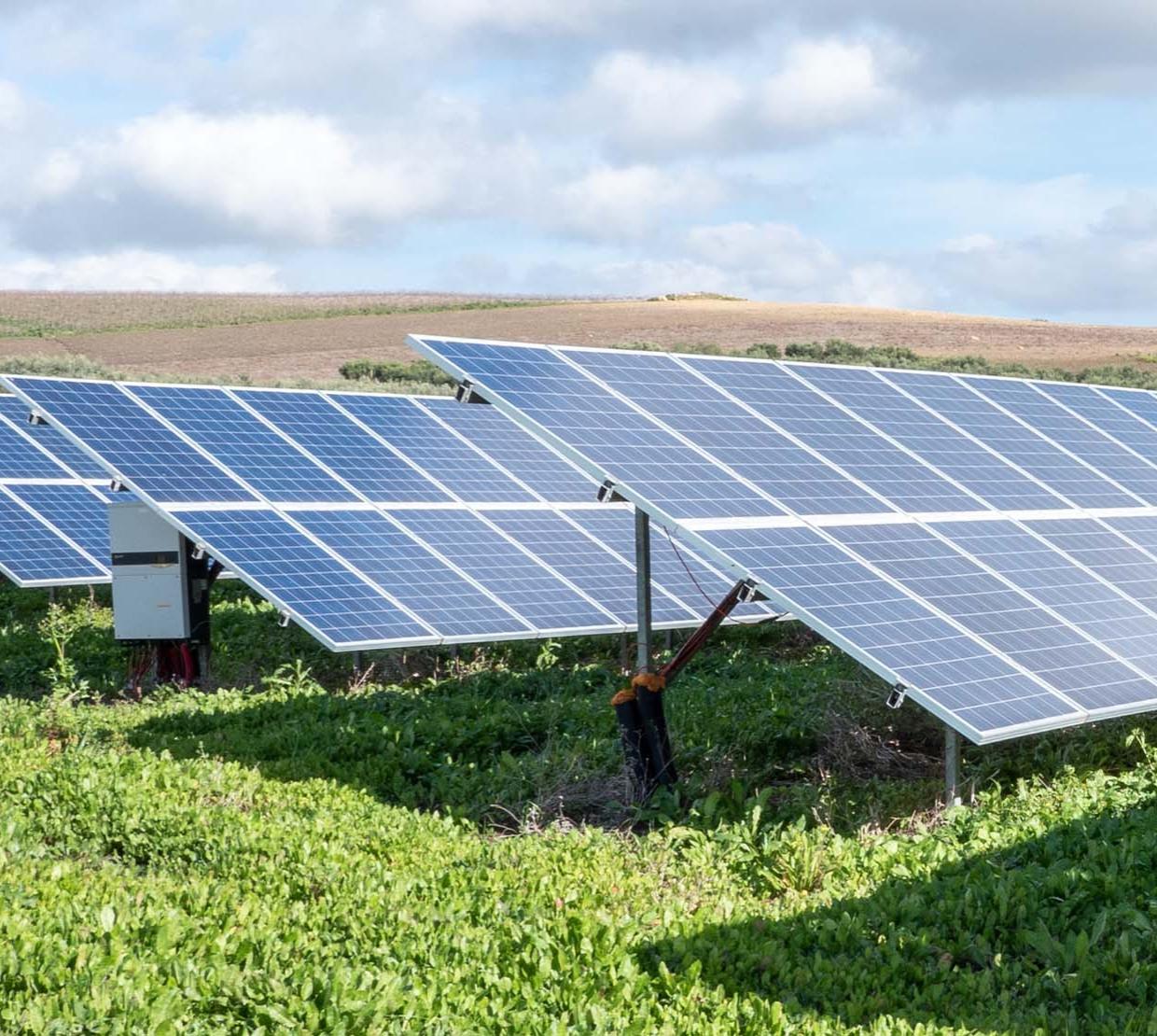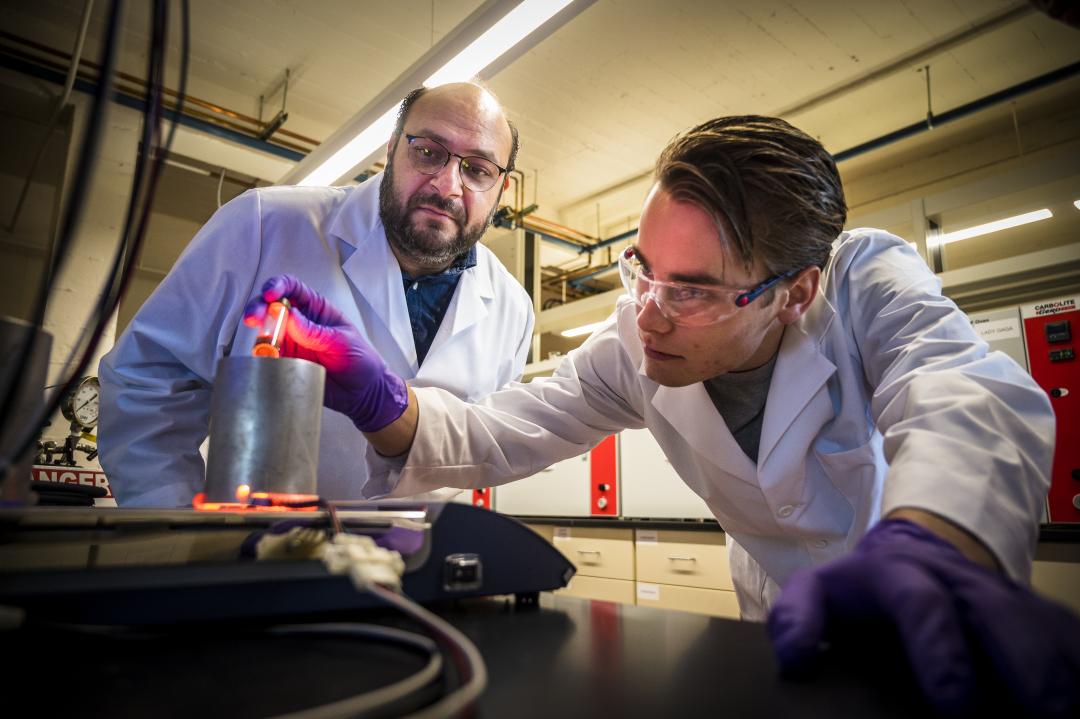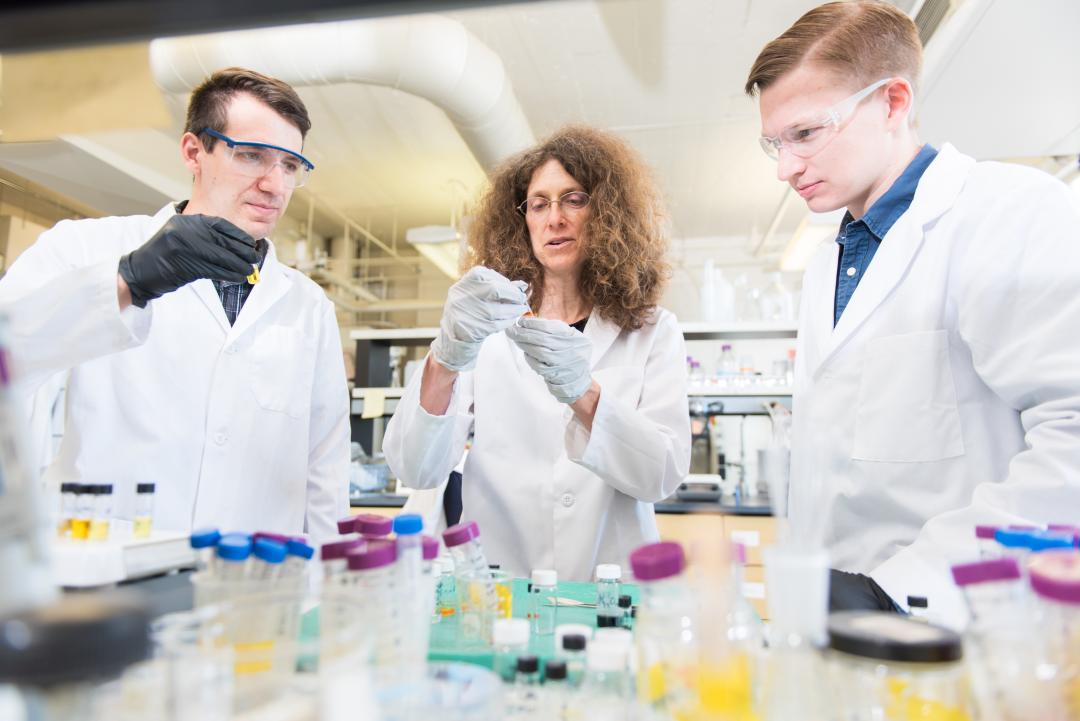In the College of Science, faculty and students understand that it is not your area of expertise, but your dedication and hard work that make real change happen. Throughout a diverse array of disciplines, OSU scientists are making key advances to help move the world forward to a greener future. We share just a few examples in this three-part series.
With areas of distinction in marine, biomedical, materials and data sciences – and other research areas, Oregon State faculty and students are fighting climate change and moving the world forward to a greener future – whether that is through harnessing new materials, interpreting complex data or reimagining how organisms can adapt to changes.
When Americans celebrated the nation's first Earth Day on April 22, 1970, air and water pollution were reaching historical highs, riverways teemed with enough pollution to catch on fire, the ozone layer was rapidly declining and bird populations were crashing due to pesticide usage.
Subsequent measures like the Clean Air Act and the Clean Water Act helped reduce pollution by 66 percent. Public outrage, fueled by dedicated and courageous research contributions, created an atmosphere where doing nothing was not an option.
Now, more than 50 years later, the world has a far worse environmental crisis to deal with. As the climate warms, passionate scientists from every discipline are working against the clock to find sustainable ways to reduce harm and mitigate ecological damage. Addressing the problem will require multi-disciplinary, cooperative action across all disciplines, including policy-makers, social scientists, data analysts and boots-on-the-ground researchers.
For many OSU materials scientists, this means finding cleaner energy sources, developing sustainable alternatives to wasteful industry processes, and drawing on unconventional means to reduce the pollution already in the environment.







